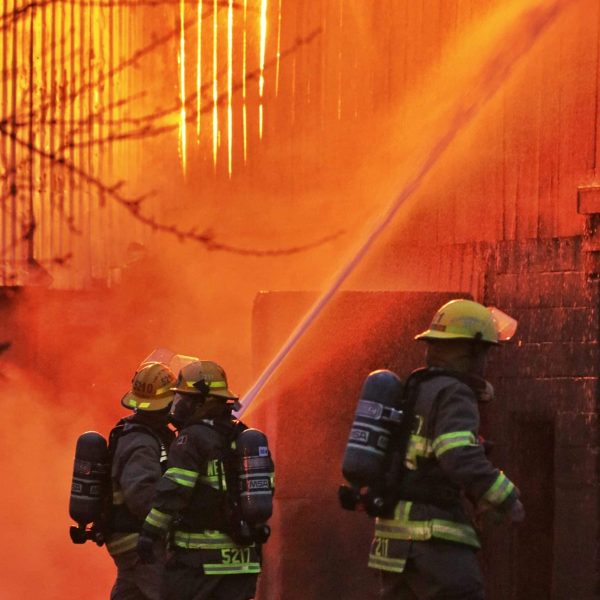In the ever-evolving field of fire safety, understanding the fundamentals is crucial for fire officers. This blog post delves into the core aspects of fire safety, including prevention, detection, suppression, hazard identification, risk assessment, and emergency planning. Whether you’re a seasoned officer or completely new to the field, revisiting the basics is always a good idea!
Fire Prevention: The First Line of Defense
Fire prevention is the cornerstone of fire safety. It involves identifying and mitigating potential fire hazards before they ignite. Fire officers play a pivotal role in educating the community about fire risks associated with common household items, workplace environments, and industrial settings. Regular inspections, adherence to building codes, and community awareness programs are effective strategies for minimizing fire risks.
Detection: The Early Warning System
Early detection of fire is critical in preventing loss of life and property damage. Smoke alarms, heat detectors, and fire alarm systems serve as the first line of defense in alerting occupants to a fire. Fire officers must ensure that these systems are installed correctly, maintained regularly, and tested frequently to ensure they function when needed most.
Suppression: Containing and Extinguishing Fires
Once a fire has been detected, suppression efforts begin. This involves using the appropriate methods and equipment to contain and extinguish the fire. Fire officers must be proficient in using water, foam, dry chemical, and CO2 extinguishers, understanding the types of fires each can effectively combat. Training in advanced suppression techniques, including the use of fire hoses and sprinkler systems, is also essential.
Hazard Identification and Risk Assessment
Identifying potential fire hazards and assessing the associated risks are critical components of fire safety. Fire officers should conduct regular inspections of buildings and facilities to identify fire hazards, such as flammable materials, electrical issues, and improper storage practices. Risk assessments can then be performed to determine the likelihood of a fire occurring and the potential impact, guiding the development of targeted prevention and mitigation strategies.
Emergency Planning: Preparedness Saves Lives
Emergency planning is about being prepared for the worst-case scenario. It involves developing and implementing evacuation plans, establishing assembly points, and ensuring clear communication channels during an emergency. Fire officers should conduct regular drills to practice these plans, ensuring that both they and the building’s occupants are prepared to act quickly and safely in the event of a fire.
Continuous Education and Training
The field of fire safety is constantly changing, with new technologies, materials, and methods emerging. Continuous education and training are vital for fire officers to stay current on the latest fire safety standards, codes, and best practices. Participating in workshops, seminars, and training courses can provide valuable knowledge and skills to enhance their effectiveness in protecting the community. This is where a good fire simulation program comes in – tools like SimsUshare can help your team train safely and effectively so they’re prepared for any scenario.
The fundamentals of fire safety form the foundation upon which fire officers build their careers. By focusing on prevention, detection, suppression, hazard identification, risk assessment, and emergency planning, fire officers can significantly reduce the risk of fire-related incidents. However, it’s the commitment to continuous learning and community engagement that truly makes a difference in safeguarding lives and property against fire hazards.
To learn more about how SimsUshare can help your team stay prepared, click here to request a demo today.

